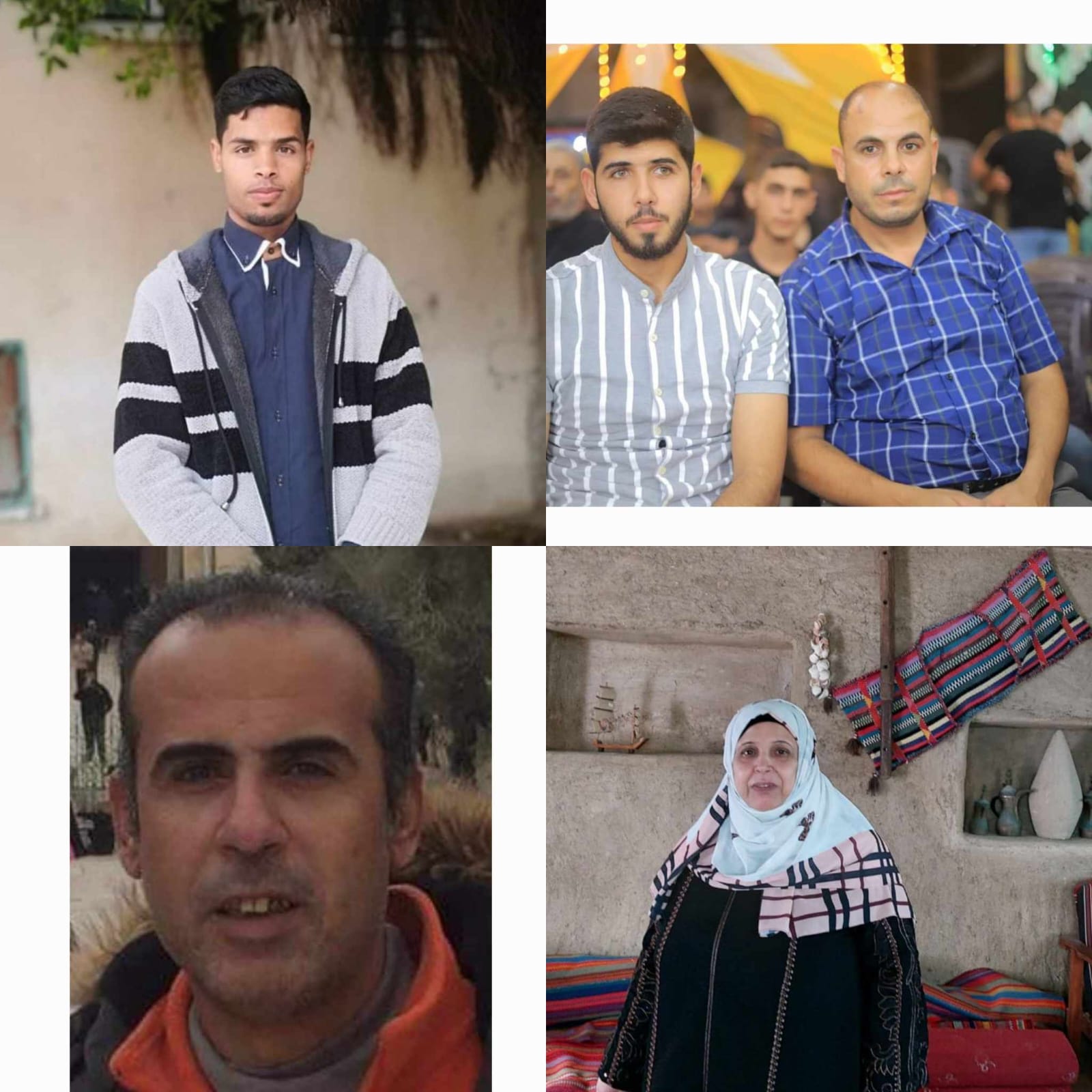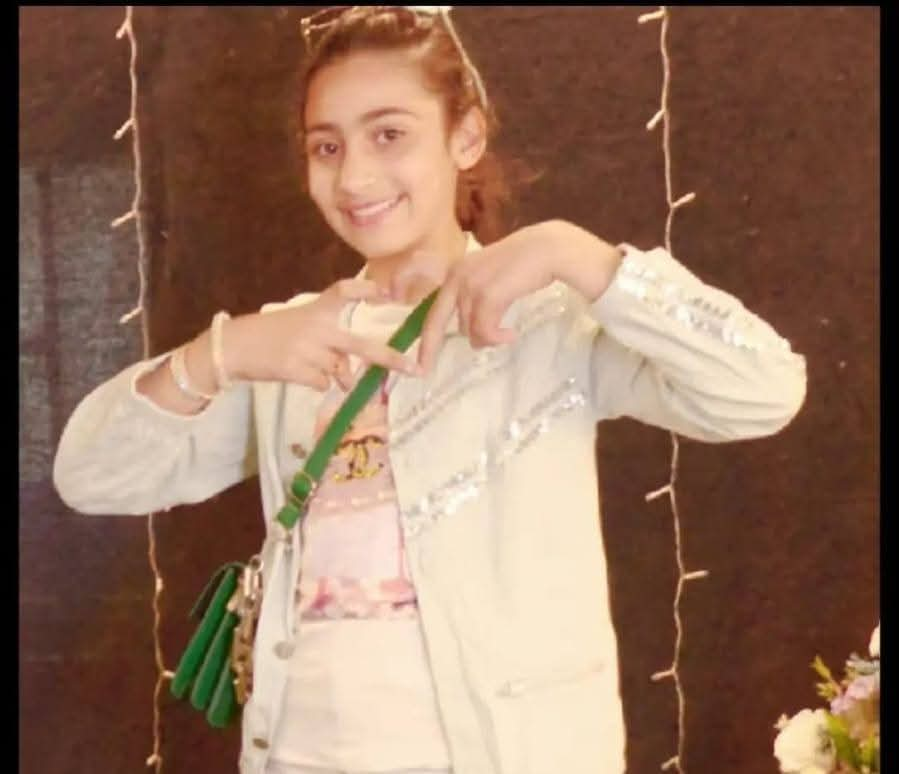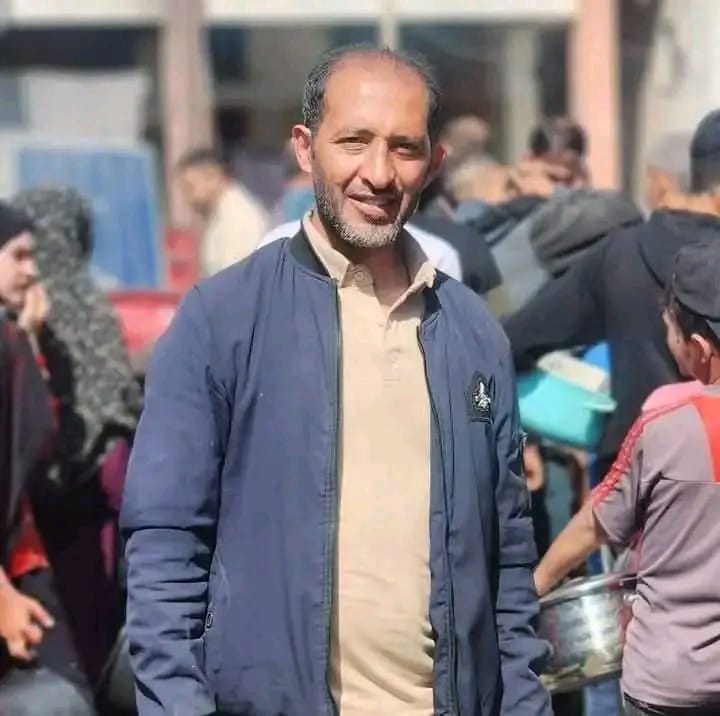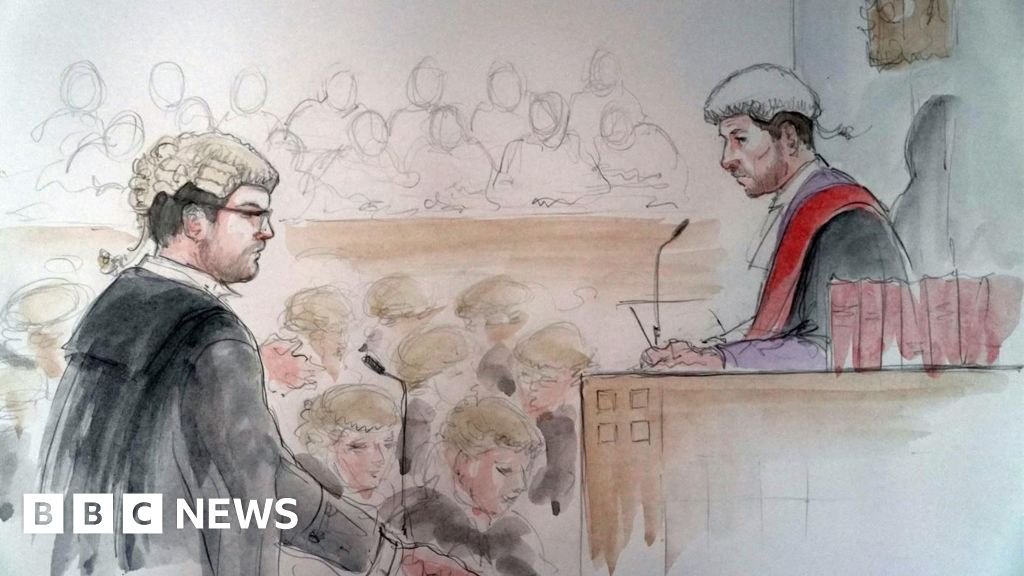In the last few days, Wissam, 40, has seen dozens of bodies pulled from the rubble in Gaza in the desperate search for her missing husband.
The Palestinian mother-of-four has also trawled through 2,000 photos of unidentified corpses killed in the 15 month-war – that have been diligently documented by Gaza’s medics – in an album at her nearest main hospital.
Since a ceasefire in the besieged strip came into effect on Sunday, first responders and families have finally been able to access areas closed off from the fighting. There, they have clawed through the destruction to retrieve decomposed remains—some so burned, shredded, and in some instances half-chewed by wild animals—that Wissam says she only check the teeth. If they have any.
But still, she has not been able to find Yousef, 43, who disappeared almost a year ago when he went to check on his mother, Fathia, whose body is also missing.
“Every day my children ask me, ‘Where is daddy? Is he dead? Is he arrested? Is he coming home?’” she says, her voice cracking with pain. “There are so many families in my position. I hope that someone can help with this disaster. Where are they?”
Since the start of the US and Qatari brokered ceasefire between Israel and militant group Hamas ,dazed families across Gaza have made the long march through an avalanche of destruction to check on their homes, find their missing, and finally bury their dead. Civilians and medics describe finding bones and skulls under flattened houses, digging out rotting corpses from bomb sites, and stumbling upon opened graves.

Wissam and her family fled their home in Khan Younis to the so-called al-Mawasi humanitarian zone in late 2023. Youssef vanished last March when he went back to Khan Younis to check on his mother who was sheltering there with extended members of his family.
Over a month after his disappearance Wissam was able to reach neighbours who said their building was hit by an airstrike the night he arrived. When the Israeli forces withdrew from Khan Younis in April, rescue workers were able to retrieve 14 of the 19 family members believed to be there. Now there is a ceasefire, Wissam has returned again to try to find her husband, his two brothers, his mother and his nephew.
“When I came back to Khan Younis during the ceasefire, there were so many decomposing bodies that had been pulled recently from the rubble and from the streets. We could only check the teeth,” she says, adding that she personally checked 33 bodies.
“It’s impossible to describe. When they took out the bodies, there were kids whose faces had been partially eaten by dogs,” she adds. “I have looked through 2,000 photos of dead bodies to try to find him, in an album they have at Nasser hospital. “Right now, we cannot confirm their deaths—they are just missing.”
Israel launched an unprecedented bombardment of Gaza in the wake of Hamas militants’ bloody attacks on 7 October 2023, when they took more than 250 people hostage, including children and killed over 1,200 people.
Since then, the Palestinian health authorities say Israel’s assault has killed over 47,000 people and displaced more than 90 percent of the 2 million-strong population. It has also levelled swathes of Gaza, with United Nations estimating that 92 percent of homes have been damaged or destroyed.

In fact a UN damage assessment released this month showed that it could take up to 21 years and cost up to $1.2 billion just to clear away the more than 50 million tonnes of rubble left in the aftermath.
But it can only really begin if this first six-week phase of the ceasefire holds. Under the three phases of the deal which started on Sunday, Israel must withdraw its troops from central Gaza and permit the return of Palestinians to the north during an initial six-week phase. At least 33 hostages will be freed in exchange for the release of Palestinian prisoners. Negotiations will also begin for the next few phases.
In the pause, families have been desperately looking for their loved ones.
Lina Aldaba says her beloved 13-year-old daughter Aya was killed in November 2023 by Israeli sniper fire as she tried to fill up a water jerrycan in the compound of Gaza City girls’ school the family were sheltering in. Lina says together her son she was also shot trying to help the teenager. Israeli forces have denied targeting civilians, and maintain they abide by international law.
Under heavy fire as Israel’s ground offensive pushed forward, Aya’s family had to hastily bury her in a shallow grave, using the tops of school tables, pieces of concrete in the compound of the girls’ school. Lina says Israeli forces then stormed the school and ordered it to be evacuated immediately.
During the truce, Aya’s family members, who had fled further south, went back for the first time to give her a proper burial, only to find the grave open, with bones littering the ground.
“My uncle tried to find the burial place, but the grave was empty—he found skull, legs, bones from her chest we think, and her hair scattered in and around the burial place,” her mother says, sending photos of scattered human skeleton.
“We thought that maybe it was dogs that did it, but dogs do not dig or excavate like this, and they can’t have opened the grave. The grave was well made,” adds Aya’s uncle Moein, believing Israeli forces likely opened it.

Ahmed Kilani, 36, who was displaced from the northern city of Beit Lahia to Khan Younis, says that he also tried to find his brother Mohamed’s body during the truce. Mohamed was killed while trying to deliver food to families as he rode his bike between Beit Lahia and Beit Hanoun. Because of the intensity of the fighting, his body was left in the street for 22 days.
“None of our relatives were able to reach his body, and we were also advised not to risk our lives trying to retrieve it.”
A month later Mohamed was hastily buried by neighbours, but on Sunday, when the family went back to the spot, they couldn’t find the body either – the bombing has been so hard, the landscape was unrecognisable.
“Mohammed was a great brother. He is a great person, especially for my mother. Losing a brother is as difficult as losing a father,” Ahmed says.
Wissam’s hunt also continues. She says she has reached out to the Red Cross and other organisations to find out if her husband and the missing four relatives might have been arrested and that is why their bodies were not found. But she has hit a wall.
“I hope that someone could help with this disaster. So many families of the wounded, dead, and arrested don’t have any information,” she says with desperation.
“They are still looking for all these missing people and have no idea—where are they? If they were killed, missing, arrested, injured—we have no idea.”



